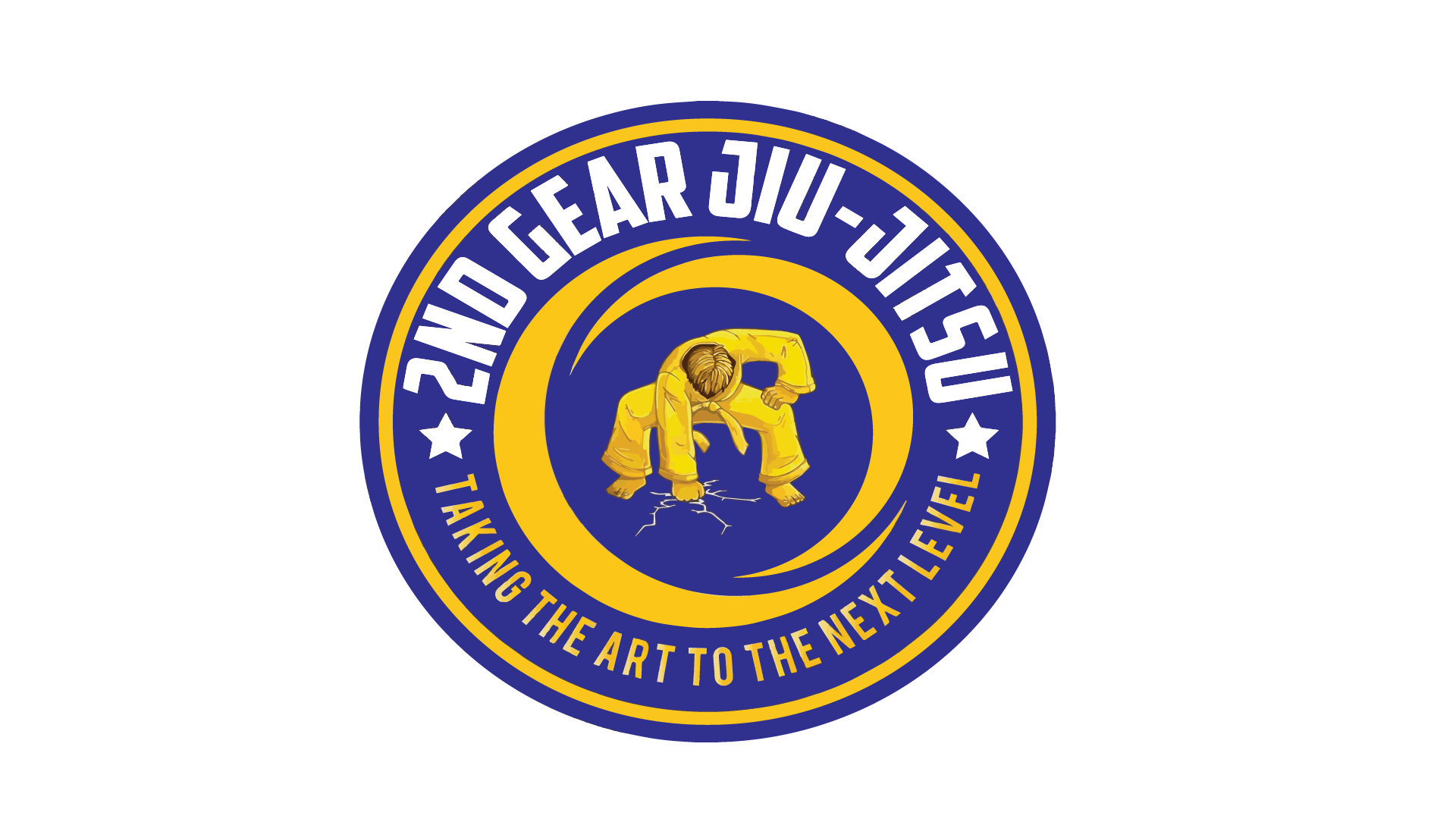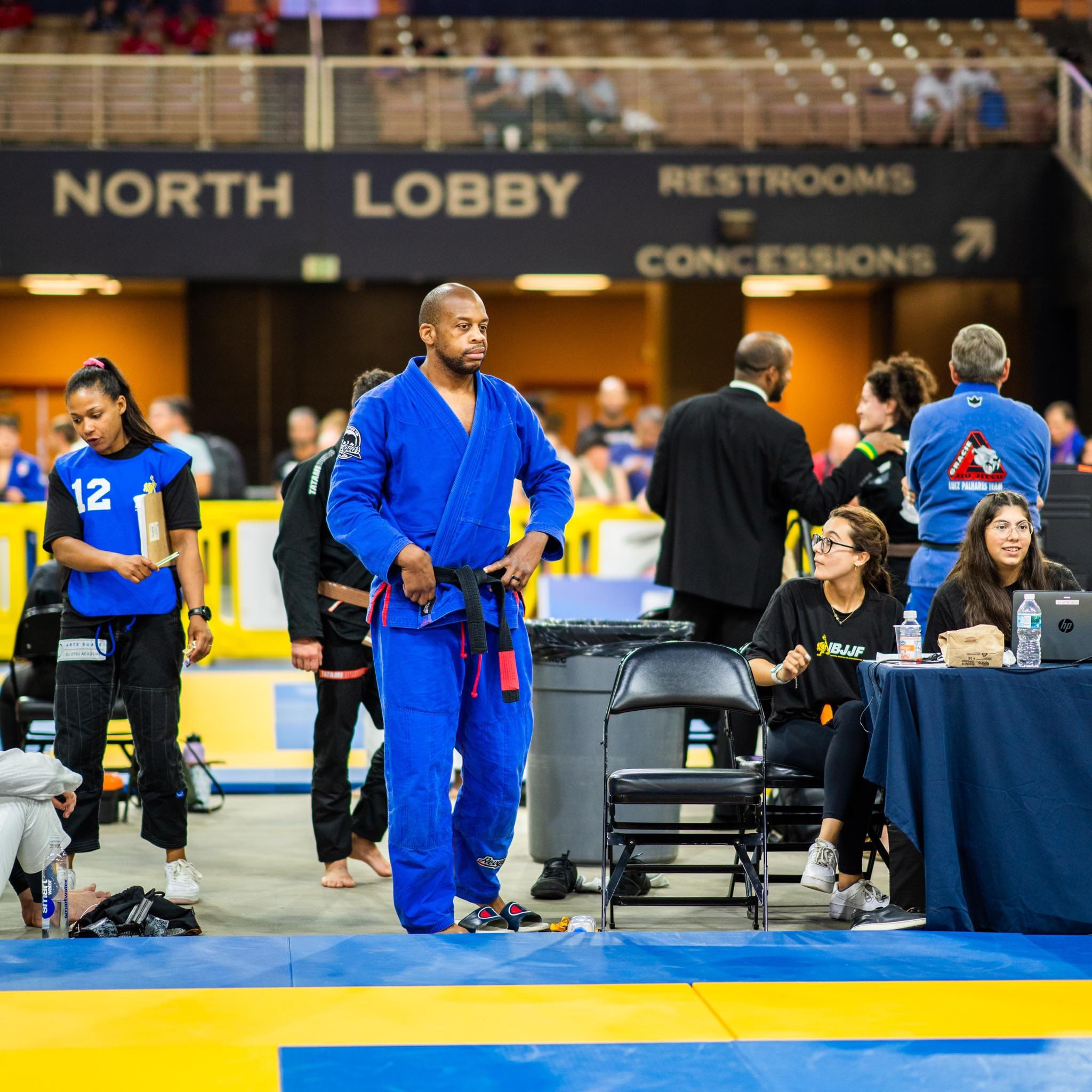Covert Mission Deep into Side Control Escape Territory
Here’s a little something for the conceptual minded.
It’s all the best things I ever learned about escaping from side control. Be warned though. It’s not technical. I’m not going to show you some magical move that works all the time against everyone even when they outweigh you by 200 pounds or more.
No, instead you’re going to learn tips and tricks for improving the techniques you already use. And you may even pick up something that fundamentally changes how you play the game. But more than all that, you’re going to expand your understanding of how escapes work.
Let’s go.
Learning Objectives
- Escaping Side Control
- Destabilizing Control
- Creating Space
- Adapting to New Situations
- Preventing Control
- Framing
These are going to be the four areas of focus for this conceptual lessons. And each plays a crucial role in improving your ability to prevent and escape from side control.
Destabilizing Control
When you learn side control escapes, two things commonly happen:
- Your partner holds side control on their knees.
- And they do not smash the hell out of your chin with their shoulder.
It leaves you ill prepared for the real thing when someone is doing everything in their power to make your life miserable. Little but significant things like pulling you into their shoulder pressure, driving off their feet to reinforce their weight with force, and shifting their hips to focus it all on one part of your body.
The difference between the two situations is shocking.
But understand that even in the worst case scenario their control must focus on your head and hips. So your task is to destabilize that control. And there are two specific things that you must accomplish:
- You have to establish a forearm frame against their hips so they can’t follow you easily.
- And you have to free your chin so that you maximize your ability to move in the situation.
Nothing else matters.
You have to regain some control of your head and hips. That’s the first battle once your opponent secures the position. After that, it’s time to create some movement. You’re not going to go for your grand escape yet, but the more movement you create, the more likely it’ll be that your opponent won’t be prepared when you’re ready to go.
Creating Space
One of the problems I notice the most when I watch people try to escape side control is that they don’t bridge. They may think they are but no, it’s not even close.
Instead they bump.
And there is a clear distinction between the two movements. When you bridge correctly, you do more than just elevate. It’s a diagonal movement that shifts your opponent’s weight off of you. And the BEST way to do it is with perfect base.
Your base must be wide enough and stable enough that your opponents will struggle to drive you back down. And when you’re at the highest peak of that movement, you shrimp. That’s when you have the most space possible, and you’ll shocked at how easy escaping will be.
When I see people struggle to escape, it’s because they don’t do that. Instead they bump. Their feet are close, they elevate straight up, and then they do the WORST thing of all.
They try to shrimp while their hips are already falling back down to the ground.
And do you know what their opponents have to do then?
Nothing.
They don’t have to do anything. Gravity will do all the work. And you will feel the result.
Actionable Advice:
- Work on your bridge to the point when you can hang out at the highest elevation even against resistance.
- Connect the shrimp and the bridge together so that they flow seamlessly.
Adapting to New Situations
Once you improve at creating space on the bottom, you’re going to force your opponents to adapt. They’ll start transitioning to different positions and they will also modify how they control you in side control.
Common side control modifications are:
- Inside Hip Block (some people even like to grab the pants)
- Kesa Gatame (switching their hips to face you with either head or arm control)
- Elbow Pin (bringing the other arm around to pin your far arm to your side and it’s usually accompanied by an inside hip block)
- Twister (switching their hips to face your hips with an elbow pin or inside elbow control on the far side)
Those are all different situations, even though technically they can still be considered side control. How you create space has to change a little or a lot (depending on the situation) but the fact that you must create space changes not at all.
There is a wrinkle in the fabric though.
Some of these top positions add another element of control for the top person. No longer is it enough to just get your some control back of your head and hips. Now you must also deal with the fact that both of your shoulders are firmly plastered to the mat. That gives your opponent rotational control of your body, and it kills a lot of movement.
Some thing must be done.
You must again destabilize their position with movement. Anything that you can do without leaving a limb dangling or your neck open to attack. It’s not easy, but that’s the price you pay for letting things progress to this point.
Framing
There’s one thing that you can do that will make escaping easy. Ridiculously so even.
Never let your opponent control your head.
In the transition to side control, sometimes there will be an opportunity to block your opponent’s top arm. You can create a frame against the bicep that will prevent them from hugging your head. And without that control, they can’t stop you from moving. Take advantage of it. Immediately. Give them no opportunity to figure out a way to get past the obstacle you put in their way.
Just adding that element to your game is going exponentially increase your escapes.
And the best part?
It’s going to frustrate your opponents to hell and back again. They won’t like it. But you will (and that’s all that matters).
Drilling Suggestions
Tips and Tricks
- Drill your escapes against different levels of resistance. There’s a lot of room between 0 and 100. And if you want to gain a wide range of experience.
- Make a list of all the passes that work on you. Pay attention to the process of their execution, and start looking for opportunities to frame. Start with just weakening the side control position and then move up to guard retention and pass prevention.
- Devote time to drilling the bridge and shrimp together. Seamlessly connect the two movements.
Whoa, that’s a lot, right?
But if you’re still hungry for more, show up for class. We cover escaping from bad positions quite a bit.

